Searching for Information Using Images from Your Mobile Device
- Jul 23, 2024
- 668
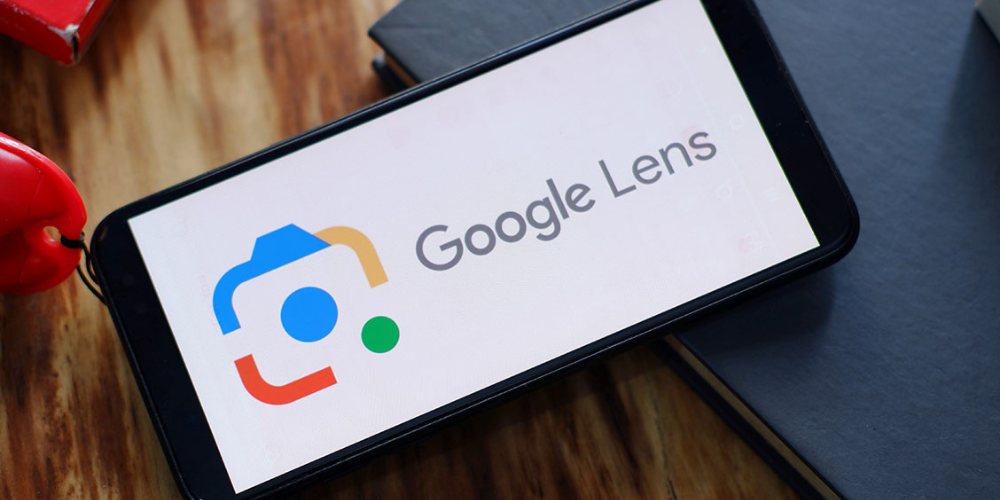
In the age of information technology, where every query seems to be just a few keystrokes away, the ability to search the internet using words has become second nature. Most search engines have made it incredibly simple to type in a phrase and unearth a wealth of related images. However, what happens when the table is turned, and you have an image in hand and wish to uncover where it came from, or perhaps you’re seeking out similar images? This is where the concept of reverse image search comes into play.
To perform a reverse image search with Google on a desktop is straightforward. Visit images.google.com, click on the camera icon to launch Google Lens, and proceed to paste the image URL, upload an image from your computer, or drag an image into the search box. But what if you need to execute this task from a mobile gadget? Let's delve into the various methods available for performing a reverse image search from mobile devices.
Google's Approach to Mobile Reverse Image Search
On mobile platforms, Google offers a version of reverse image search functionality, albeit with some limitations. When you access images.google.com through a mobile browser, the camera icon for Google Lens is visible in the search bar, yet it does not present the full array of desktop options. You are prompted either to capture something on camera or to choose from images on your camera roll. Unfortunately, the option to directly input an image URL is not provided. To circumvent this, one must request the desktop version of Google's site on their mobile device.
For iOS Safari users, navigate to google.com, tap the 'aA' icon located at the top left corner, and then select 'Request Desktop Site.' If you're using Chrome on a mobile device, go to google.com, tap the three-dot menu, scroll down on the subsequent menu, and select 'Request Desktop Site.' Once the desktop site loads, you'll see the familiar camera icon and be able to enter an image URL or upload photos. Chrome on mobile also allows reverse image searching for online images via a long press, which opens a menu to 'Search Image With Google,' though this feature is exclusive to Chrome and does not function in other browsers or apps.
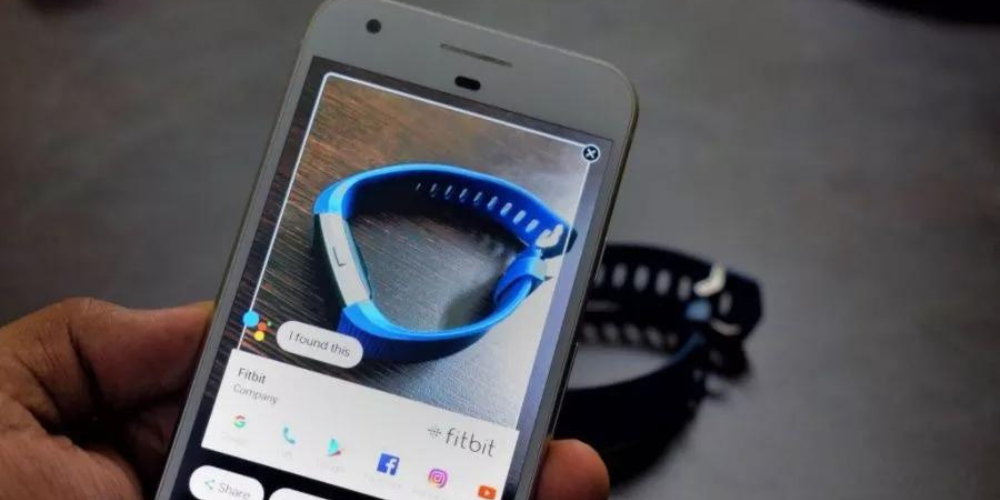
Exploring More Features of Google Lens
Beyond reverse image search, Google Lens comes packed with additional functionalities that can be incredibly handy for mobile users. It can swiftly translate text, identify objects, suggest places to purchase products, and even assist with skin condition diagnoses—a showcase of Google's advancements in artificial intelligence application in everyday life. Furthermore, Microsoft's own search engine, Bing, offers similar capabilities through what they term 'visual search.'
Regardless of your mobile browser or choice to use the Bing app, initiating a visual search is merely a matter of tapping on the camera icon. You may then take a photo, explore your photo library, or browse for photos within third-party services like iCloud Drive, Google Drive, and Dropbox. Bing's app—updated and now available for both iOS and Android—provides additional tricks, including the ability to snap photos for immediate search or upload from your camera roll, scan QR codes, and mathematical or text problem-solving. Plus, with the integration of the chatbot Copilot, you can interactively discuss what you observe through your camera.
The Hands-Free Convenience of Reverse Image Search with Google Lens
Harnessing the power of your fingertips, mobile Chrome users can easily engage in a reverse image search right from an online image. Simply pressing and holding on to an image will create a menu that offers the option to 'Search Image With Google Lens.' Selecting this will reroute the search through Google Lens, allowing you to see the search outcomes. Additionally, another approach is to 'Open Image in New Tab,' copy its URL, then paste it back into images.google.com for a reverse search. These methods provide an effortless way to investigate and discover information about images on your mobile device.
Google Lens is not just useful for reverse image searches; it is an all-around tool for recognizing text in various languages and converting them instantly, identifying diverse objects in your surroundings, and proposing retailers where you can find products you're interested in purchasing. However, it's important to note that these reverse image search functionalities using Google Lens are limited to the Chrome browser on mobile devices and are not available within the Google app or browsers like Safari.
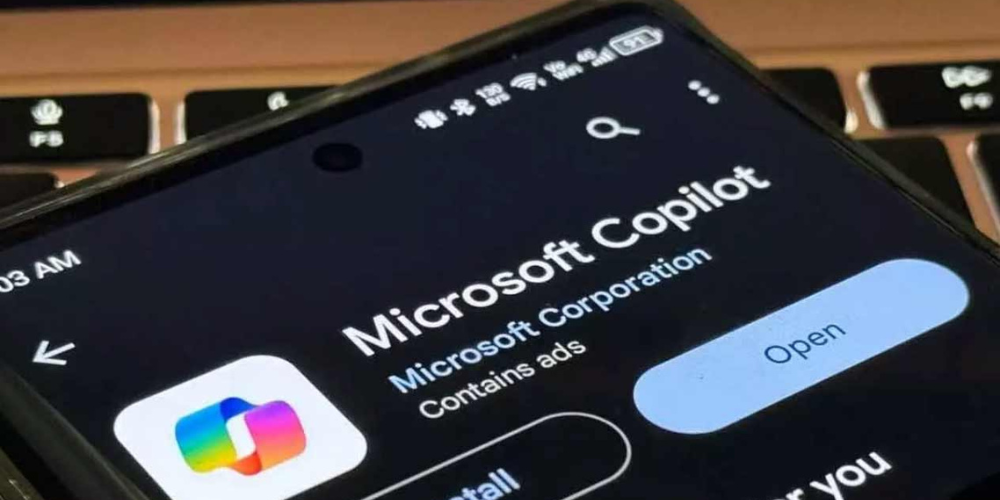
Enabling Reverse Image Search Using Mobile Apps
For those who prefer dedicated applications over web browsers, there are multiple mobile apps available to assist with reverse image searching. These apps ensure that reverse image search capabilities are always at your fingertips, no matter where you are. Let's explore a few popular options.
CamFind, available for both Android and iOS, is a simple yet effective app for capturing images using your smartphone to search for similar items. It also provides price comparisons if you're looking into a product image. If you're an iOS user, Reversee offers a basic function where your images are sent to the Google Images database to locate similar images. For additional features like results from Bing and Yandex, you can opt for an in-app purchase of the pro version at $3.99. Another iOS subscription-based app, Reverse Image Search: Eye Lens, integrates as an extension into apps like Photos and Facebook, giving you the convenience of searching images directly from within these applications. The search results are then displayed in your mobile browser and are sourced from Google, Bing, TinEye, and Yandex.
Unlocking Advanced Searches with Photo Sherlock
For those who do not shy away from ads, Photo Sherlock provides a robust platform to conduct a full search of Google and Bing results through their website, which is designed to be mobile-browser-friendly. Moreover, to amplify convenience and mobility, native mobile applications are available for both iOS and Android users. The versatility of Photo Sherlock ensures that you can share images from almost any app, including dating apps. This gives you an extra layer of certainty, helping you verify that the person you're interested in is not misrepresented using images from external sources.
The Photo Sherlock app also extends its investigative capacity by allowing users to promptly share pictures right from the app into a reverse image search, integrating seamlessly with the workflow of mobile device users. With its promise of delivering comprehensive search results, Photo Sherlock establishes itself as a valuable tool for the tech-savvy user looking to explore the origins of images or find related visuals on the go.
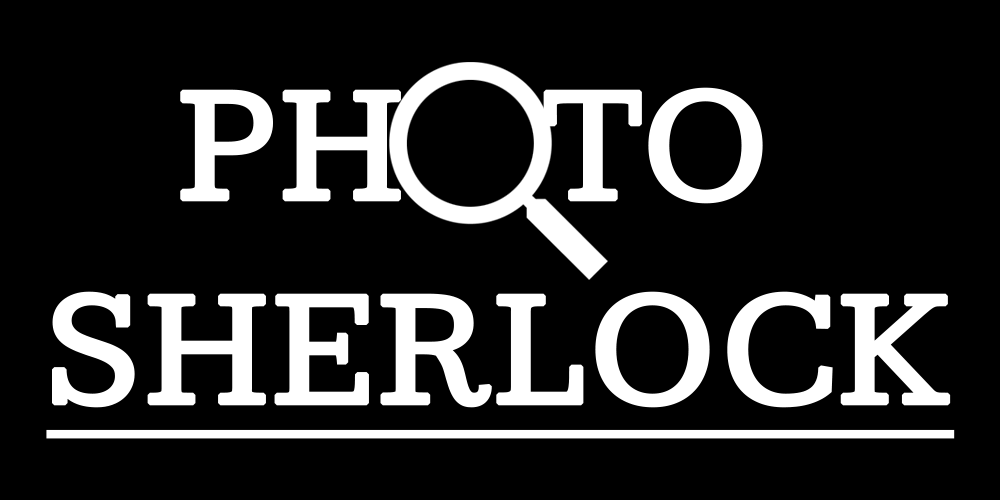
Optimizing Image Searches with Request Desktop Site Feature
Navigating reverse image search on mobile sometimes requires reverting to desktop site versions for a full suite of features. The 'Request Desktop Site' option, easily accessible on both Safari and Chrome mobile browsers, enables users to trick search engines into presenting the desktop interface. By doing so, functionalities that were initially missing in the mobile view, like entering specific image URLs, become available. This simple trick widens the possibilities that lie within the scope of mobile reverse image searches.
Whether you are using an iOS or Android device, once in desktop mode, you can proceed as you would on a computer. This feature is particularly useful when the mobile version of a search engine limits the completeness of your search operations, ensuring that you don't miss out on any capabilities while on the move. Notably, using 'Request Desktop Site' may change the appearance and layout of websites, but the enhanced functionality often outweighs the adjustment period to the temporary interface shift.
Expanding Search Options with Third-Party Services
An added benefit of using Bing's visual search on mobile is the integration with popular third-party services such as iCloud Drive, Google Drive, and Dropbox. This connectivity allows users to effortlessly browse and select photos stored within these cloud platforms, making reverse image search an even more accessible and centralized process for those who frequently use cloud storage solutions. This synergy between services emphasizes the importance of interoperability and convenience in the modern digital experience.
Collaboration with third-party services offers a practical solution for managing and utilizing multimedia resources. By streamlining the process of reverse image search through these popular platforms, users are afforded a smoother workflow that mitigates the need to download and re-upload images across different apps or websites, ultimately saving time and maintaining the integrity of their digital libraries.
Cross-Platform Reverse Image Search Innovation
Continuing the exploration of reverse image search capabilities, developers have been keen to create cross-platform apps that cater to both the iOS and Android user base. These apps strive to simplify the process of initiating an image search, regardless of your device choice. The goal is to harmonize user experience across the mobile ecosystem, whether you are searching within an app, browser, or your device’s photo gallery.
These cross-platform solutions seek to bridge the gap between the different operating systems, ensuring that no matter which device you choose, you'll have access to powerful reverse image search tools. They mark an important step towards full mobile compatibility and serve as an example of the growing trend of platform-agnostic applications.
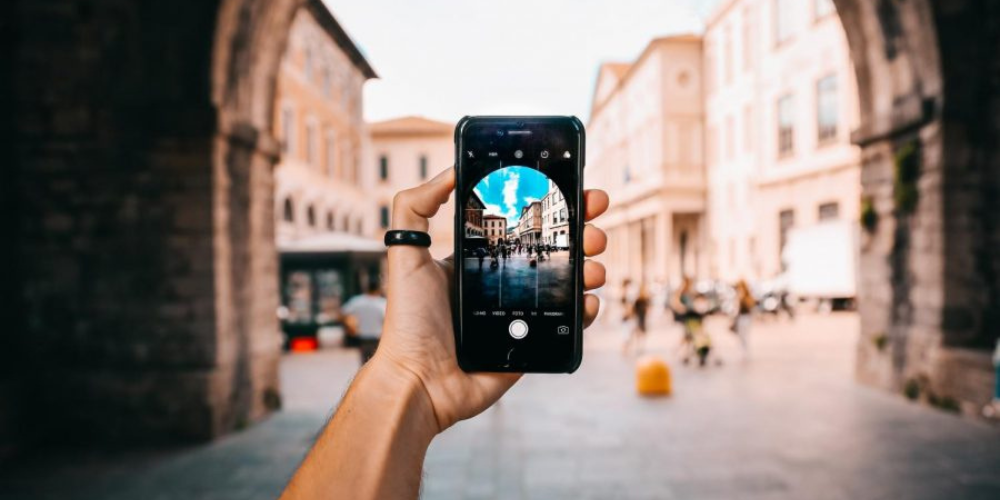
Navigating Reverse Image Search on Less Common Browsers
While Google Chrome and Safari dominate the mobile browser space, there are several alternative browsers where reverse image search might not be as straightforward. However, with a little bit of tech-savviness, it's often possible to utilize similar or alternative methods to perform image searches on these less common mobile browsers. Users can explore the settings or menus of their chosen browser to find tools or functions that may facilitate a reverse image search.
For example, browsers such as Firefox for mobile or Opera may offer different workflows for image searching, requiring users to be creative or seek out plug-ins and add-ons that can bridge these feature gaps. These alternatives provide a useful reminder of the diversity in web browsing tools and the importance of understanding your browser's capabilities to maximize the potential of reverse image searching.
The Security Aspects of Reverse Image Search
With an increasing reliance on digital media, where images play a crucial role in communication and information sharing, the integration of secure reverse image search capabilities is vital. These services must prioritize user privacy and data security, ensuring that uploaded images are used solely for the intended searches and are not mishandled or misappropriated.
Many reverse image search applications and platforms underscore their adherence to strict privacy policies, reassuring users that their search history and image data remain confidential. This commitment to security is paramount in maintaining user trust and ensuring that reverse image search tools are used responsibly and ethically.
The Evolution and Future of Reverse Image Searching
The reverse image search technology has come a long way from its inception, with continuous improvements and innovative features being introduced regularly. The integration of AI and recognition software has expanded the capabilities of reverse image search, opening doors to more accurate and insightful search results. Furthermore, with the advent of machine learning algorithms, these tools are growing smarter and more adept at understanding and processing visual content.
As we look to the future, the potential applications of reverse image search are vast, extending into realms such as augmented reality, advanced data analytics, and deeper cross-platform integration. The continued evolution of this technology promises to further enhance our ability to interact with and understand the world through images, redefining the boundaries of digital search capabilities.
Reverse image search technology has expanded the horizons of digital inquiry, allowing individuals to use images as the starting point for their search rather than text-based queries. This powerful tool has become an essential part of the modern internet experience, used for a multitude of purposes ranging from identifying the source of an image to uncovering visually similar content. There are numerous practical applications, from academic research to everyday curiosity and online shopping. We'll explore how mobile devices adapt to perform these searches and dive into additional insights on the topic.
Browsing in Desktop Mode on Mobile
Requesting the desktop version of a website on a mobile device is often the key to unlocking the full features of reverse image search engines. Modern smartphones have browsers that are entirely capable of handling desktop versions of websites, albeit sometimes at the expense of user interface smoothness or loading speed. By switching to desktop mode, mobile users can bypass restrictions imposed on mobile versions and tap into the same capabilities that they would have on a PC.
Most smartphone browsers offer an option to request the desktop version of a site readily. For instance, in Chrome for mobile devices, it's often as simple as checking a box in the browser's settings menu. Thus, users who frequently need to perform complex image searches may find themselves habitually swiping over to desktop mode to conduct their searches with greater control and precision.
Accessibility and User-Friendly Features
Accessibility plays a crucial role in the effectiveness of reverse image search on mobile devices. Simplified user interfaces with clear, legible icons and text allow users of all ages and technical proficiencies to navigate these services effortlessly. Visual cues and tutorials are also pivotal in guiding new users through the process of uploading an image for search or understanding their search results. Furthermore, voice search integration, where users can give voice commands to engage the reverse search functionality, is becoming popular for its convenience, especially when hands-free operation is necessary.
Apps designed for reverse image search prioritize user convenience by embedding features that link directly with phone galleries, camera apps, and social media platforms. This interconnectedness promotes a seamless experience for users who wish to discover more about the images they encounter throughout their digital activities.
Global Reach and Language Support
Reverse image search tools often include robust language support to cater to a global audience. As these tools are used worldwide, it's essential to provide users with the option to interface with the tool in their preferred language. This not only improves usability but also ensures that the results are more aligned with the local context and relevant to the user's linguistic and cultural environment.
The multilingual capabilities extend beyond the interface to the search results themselves. These tools can identify text within images and provide translations, adding a layer of insight and understanding for users looking at foreign text or signs within a picture. This feature is particularly beneficial for travelers or professionals who work with international visual content.

Challenges and Considerations in Mobile Reverse Image Search
Challenges in mobile reverse image search often involve balancing the convenience of automatic integration with apps and the privacy of users. Some users may be concerned about an app's access to their photo libraries or the potential misuse of uploaded images. To address these concerns, developers must be transparent about their privacy policies and data usage. Ensuring that users have a clear understanding of how their data is handled and giving them control over permissions is a fundamental step toward maintaining trust.
Additionally, variations in image quality, size limitations, and compatibility across different devices can affect the search results. Developers must consider these aspects to optimize their reverse image search tools for the diverse range of mobile devices on the market. A focus on robust algorithms and adaptable interfaces is necessary to provide consistent and reliable performance, regardless of the device used.
Education and Ethical Use of Reverse Image Search
As reverse image search becomes a more commonplace tool, educating users on its ethical use is crucial. While the technology offers many benefits, it can also be exploited for less savory purposes, such as the discrediting of individuals or the violation of copyright laws. Initiatives that focus on the responsible use of reverse image search can help mitigate such risks.
Educational institutions, tech companies, and advocacy groups play a role in raising awareness about the productive and ethical applications of reverse image search. By promoting best practices, such as respecting intellectual property and privacy, a culture of responsible use can be fostered that supports the growth and development of this transformative technology.
Integration with Social Media and Online Marketplaces
The integration of reverse image search with social media platforms and online marketplaces represents a significant advancement for users. Whether verifying the authenticity of a profile picture or locating the source of a product image, reverse image search adds a layer of security and fact-checking to the online experience. Platforms that incorporate this functionality directly within their interface offer a streamlined process, facilitating quick checks without navigating away from the application.
Online sellers and buyers benefit from reverse image search as well. Sellers can ensure their product images are not being used without permission, while buyers use the tool to compare prices, find reviews, and confirm product authenticity. As e-commerce continues to flourish, the demand for integrated reverse image search capabilities will likely increase, emphasizing the need for platforms to evolve and provide such tools.
Future Directions in Visual Search Technology
The future of visual search technology is poised for growth, given its vast potential in diverse sectors, including security, commerce, education, and entertainment. The fusion of AI and advanced machine learning consistently improves and sharpens the capabilities of reverse image search applications, providing more intricate and aware outcomes tailored to the context. Innovations such as augmented reality visual search are on the horizon, whereby users will not only find similar images but interact with digital content overlaid on the real world.
As computer vision technology advances, the accuracy and capabilities of reverse image search will also increase. This will support new applications and improved user experiences. For instance, smart home devices could use visual search to help users identify unknown objects or products, further expanding the role of reverse image search in everyday life. With ongoing research and development, the future of reverse image search holds exciting prospects that could redefine how we interact with the visual world.